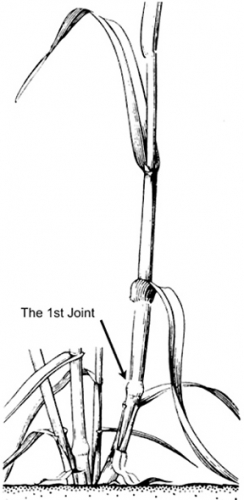Topdressing wheat with nitrogen
Delayed nitrogen applications until late April will still fully protect the crop’s yield potential.
Some wheat growers have found that the weather has allowed few or no opportunities to apply fertilizer nitrogen (N) this spring. The good news is that delaying the application for a few weeks may prove advantageous.
In fact, it can be argued that the optimum time to apply N is at full tillering (Feekes growth stage 5). This corresponds, depending on spring-time temperatures, to the second or third week of April in southern Michigan, and the third or fourth week of April in the central area of the state. Even where the application is delayed until the first node is visible (growth stage 6), little if any yield loss is likely.
These later treatments often result in higher grain yields due to greater N use efficiency, as it delivers the nutrient closer to the time that crop begins its rapid uptake. This means that the N is less likely to be carried away with runoff water or to be denitrified in saturated soils.
Yields may begin to slip where wet weather prevents N applications until the second node becomes visible (growth stage 7). For this reason, and the fact that late doses of N can lead to lodging, the N rate probably should be reduced by 10 to 30 pounds.
It is not necessary to switch fertilizer materials when applications are delayed until late April. However, as temperatures warm in May, growers might consider switching away from granular urea to UAN (28%) and apply this liquid material with the use of streamer nozzles or bars.

Feekes growth stage 6 (jointing) is when the first joint (or node) is detected above ground level. Photo credit: Randy Weisz, North Carolina State University.



 Print
Print Email
Email